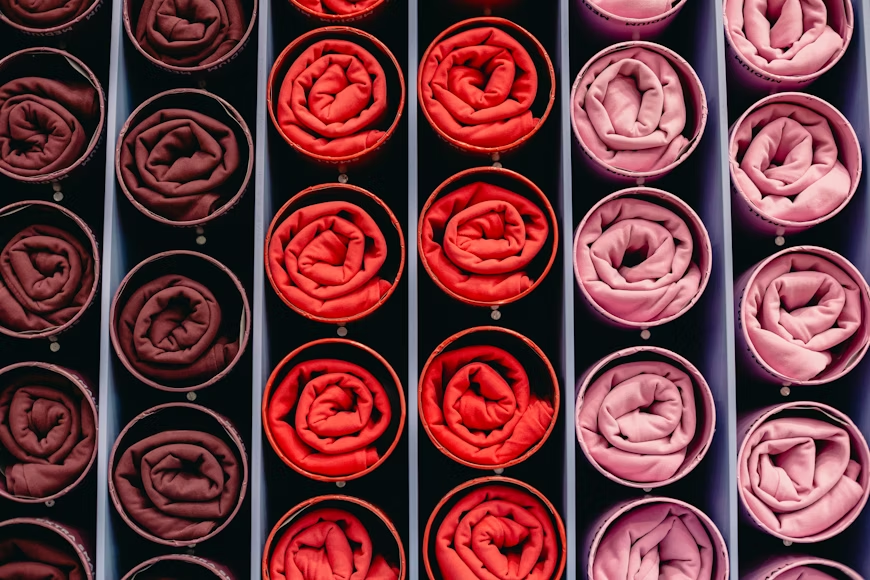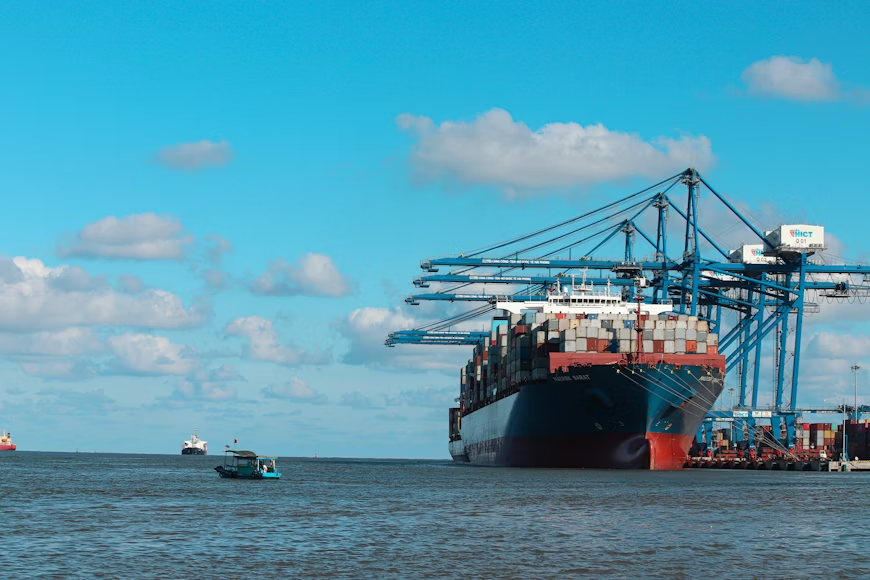Recent trends in the luxury goods market indicate a shift towards more modest pricing strategies, with brands like Rolex leading the way. This change comes in response to evolving consumer attitudes and market conditions, as noted by industry analysts and data from financial institutions. According to Edited, a data insights and analytics firm for retailers, luxury prices saw a significant increase of about 25% between 2019 and 2022. However, this trend appears to be moderating, with average watch prices increasing by only 2.9% in January, compared to a cumulative annual growth rate (CAGR) of +4.8% from 2020 to 2023. The luxury sector, particularly high-tier brands, has observed a growing resistance from global consumers to escalating prices. Barclays’ latest US credit card data from mid-December 2023 indicated a 15% year-on-year decrease in luxury goods spending in November, following a 14% decline in October.
The price hikes have been most notable in handbags, a key revenue generator for many luxury brands. The Chanel 2.55, a barometer of the industry, has seen some styles triple in price since the pandemic. Similarly, Burberry, under new leadership, has nearly doubled the average selling price of its handbags. Despite these increases, luxury sales have slowed down, particularly in China, a crucial market for the industry. Bain’s research suggests that the demand for personal luxury products has decelerated to 8% growth, a significant drop from the previous average of 20% over three consecutive years. This slowdown is attributed to lower consumer confidence and the aforementioned price hikes.
In response, analysts predict that luxury brands may need to introduce more entry-level products, having pushed both product prices and consumers to their limits. Recent collections have started showcasing new products based on iconic designs but using less expensive materials and simpler designs. These products are priced at levels seen in past years, potentially attracting customers who have been priced out recently. For example, Dior’s Cruise 24 collection includes a calfskin Book Tote at £3,300, a more simplistic version of its traditional designs. Similarly, a simpler version of the iconic Saddle bag is now available at £1,850, compared to £3,450 for the standard model. This strategy not only aims to attract customers back from the burgeoning luxury resale market, which reached over $39 billion in 2023, but also to realign with market expectations and consumer willingness to spend.
As the luxury market adapts to these new consumer preferences and economic conditions, it remains to be seen how pricing strategies will evolve in 2024, especially with a softening market and decreasing inflation rates. Luxury brands are recalibrating their approaches to bridge the gap with their customer base and remain competitive in a tighter, more challenging market.
Discover in-depth supply chain report news insights at The Supply Chain Report. For international trade tools, see ADAMftd.com.
#LuxuryGoods #PricingStrategy #ConsumerTrends #Rolex #Chanel #Burberry #Dior #LuxuryMarket #MarketInsights #ConsumerBehavior #LuxuryResale #FashionIndustry #EconomicTrends #EntryLevelLuxury #2024Trends

















